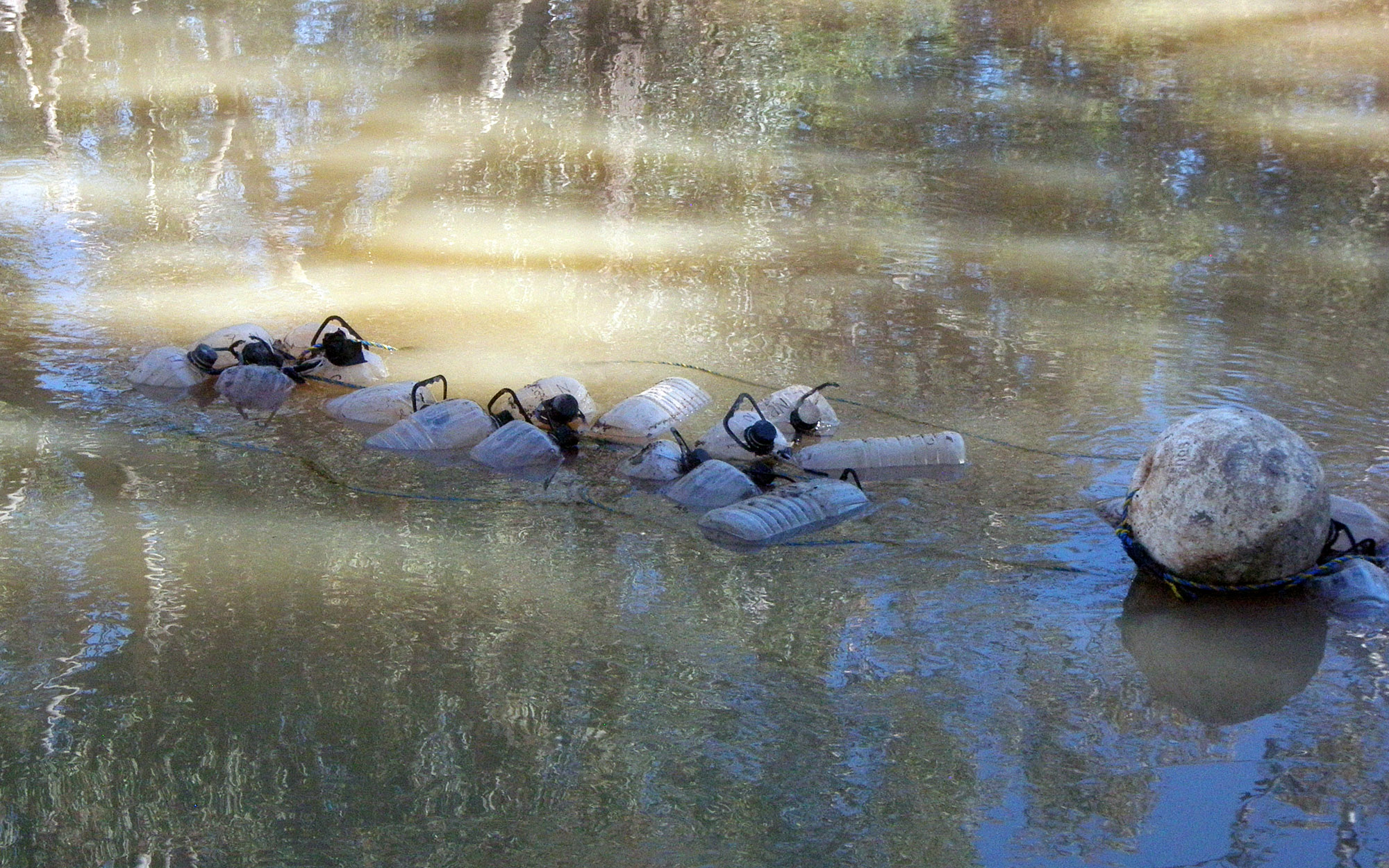Environmental flow rules in river tributaries boost productivity in the Barwon-Darling (Barka) River
In collaboration with the University of Technology, Sydney, we investigated how the Mehi and Namoi tributaries of the Barwon-Darling (Barka) River maintain connectivity and benefit productivity. In addition to directly measuring the essential food resources from the tributaries, we used an experimental approach to mimic tributary flow events of different magnitudes.
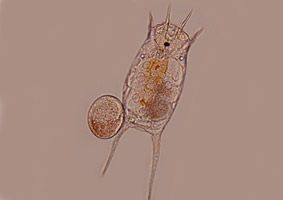
Tributaries were more productive than the Barwon-Darling River and flow events from these tributaries provided additional food resources such as nutrients and organic matter to the main-stem river and helped stimulate basal food web productivity (e.g. phytoplankton, bacteria and zooplankton). The tributary inflows provided greater resource diversity within the river and reduced the dominance of algae as a food source. This process helps promote a healthier river ecosystem that benefits native fish such as Murray Cod and waterbirds, and can also maintain and improve water quality.
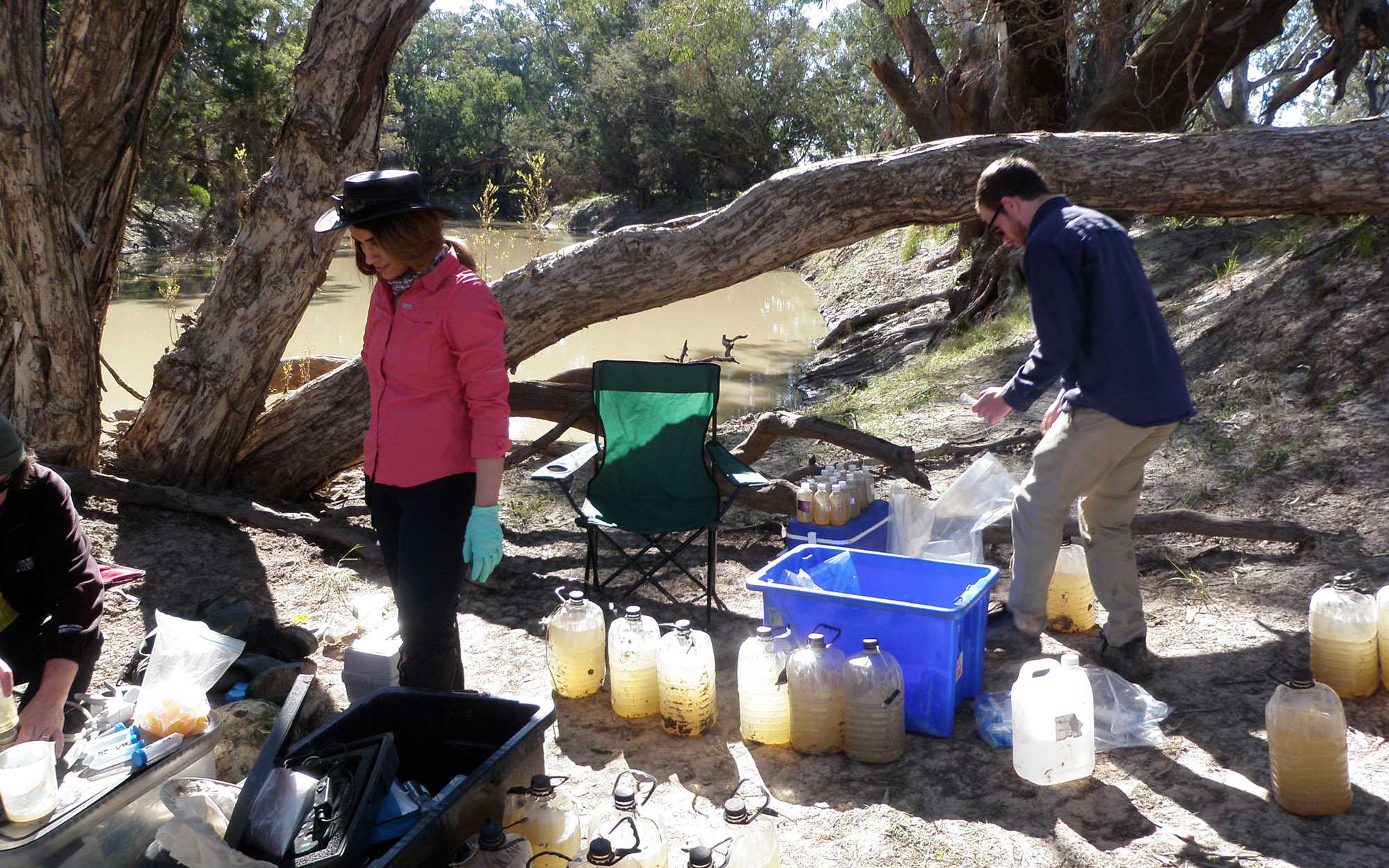
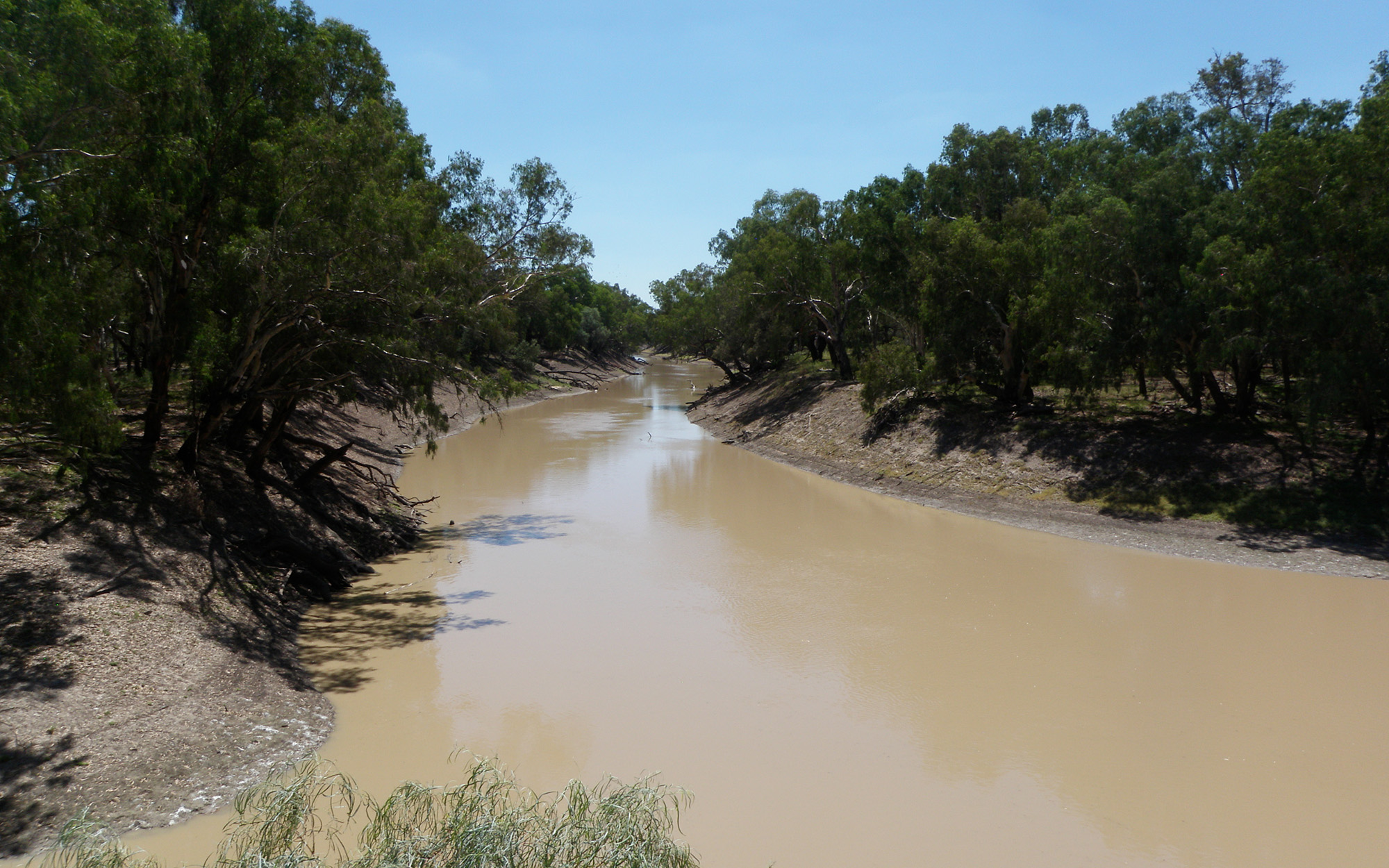
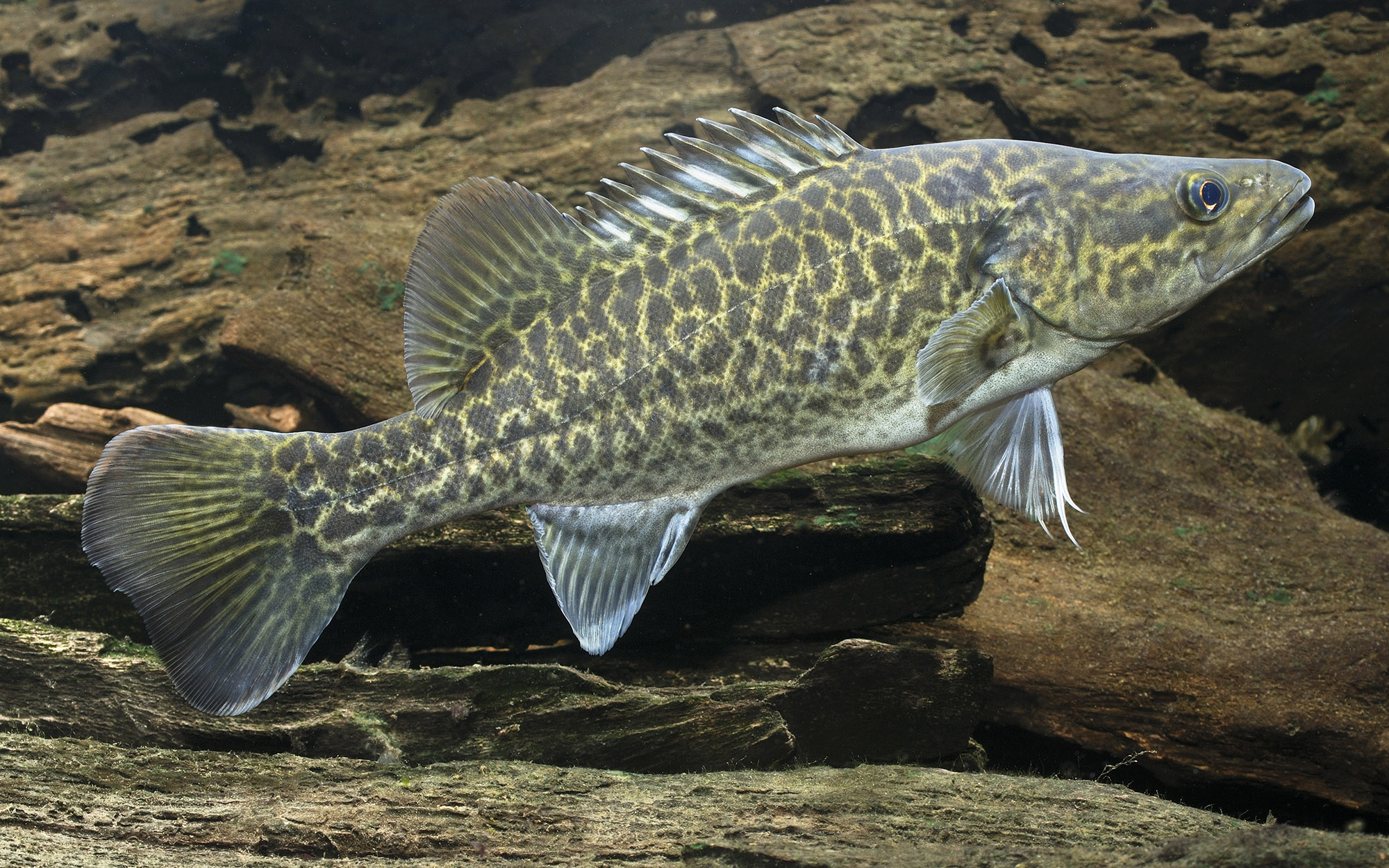
This study demonstrated that protecting tributary flows into main-stem rivers through Water Sharing Plan flow rules such as end-of-system flow targets and protection of flows from storm events (Supplementary Flow rules) should lead to ecological improvements in river productivity through increased resources and biota such as algae and zooplankton. These benefits may be greater when tributary flows enter the main stem of the Barwon-Darling River during periods of low flow.
Research paper
Learn more about the importance of tributary inflows on productivity. A study of the Barwon-Darling River.
Download the paper (.PDF 3500KB)More information
For more information, please contact Andrew Brooks at andrew.brooks@dpie.nsw.gov.au and Doug Westhorpe at doug.westhorpe@dpie.nsw.gov.au.
